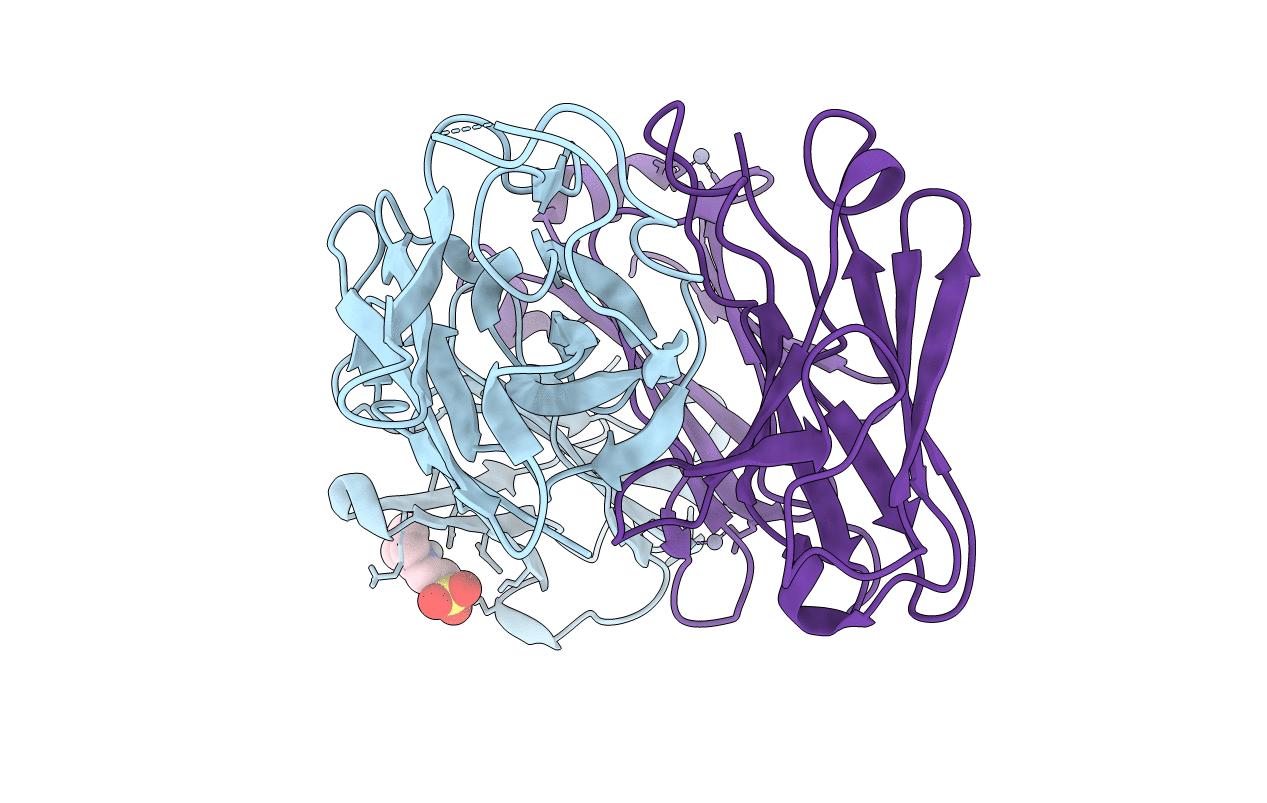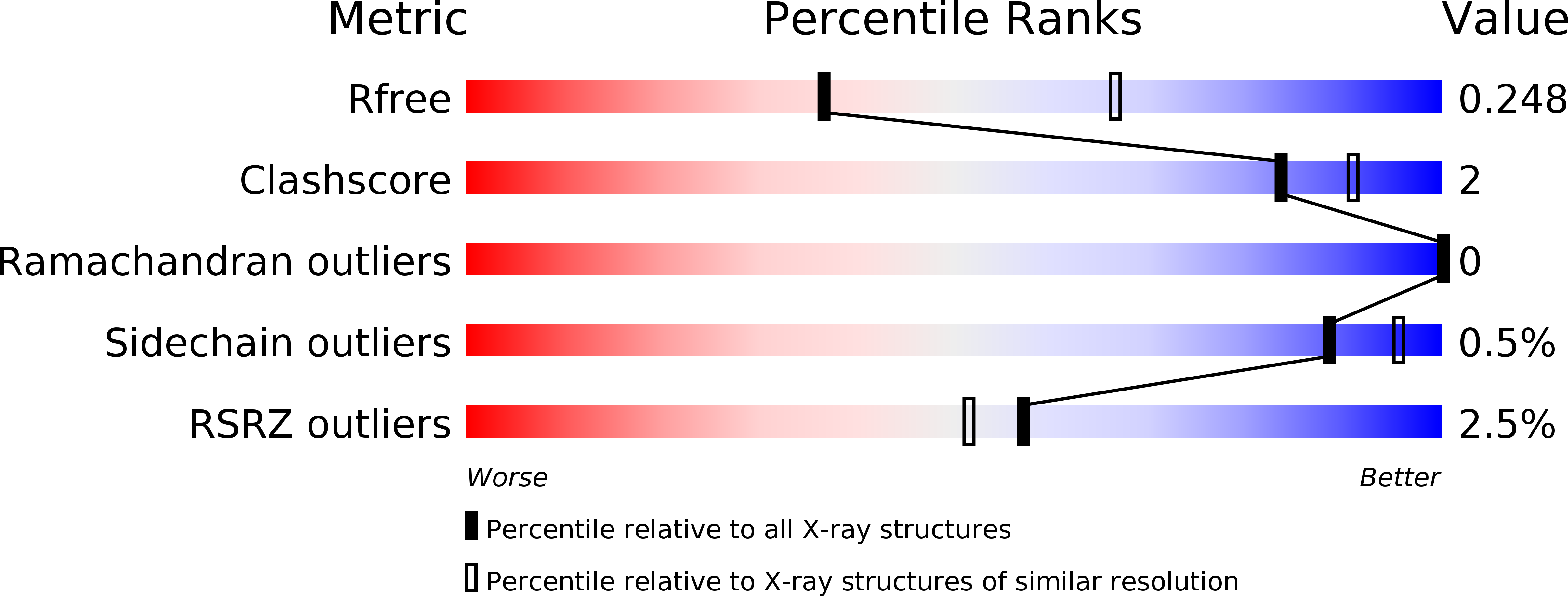
Deposition Date
2014-01-09
Release Date
2014-02-26
Last Version Date
2024-10-30
Entry Detail
PDB ID:
4OD3
Keywords:
Title:
Crystal structure of human Fab CAP256-VRC26.07, a potent V1V2-directed HIV-1 neutralizing antibody
Biological Source:
Source Organism:
Homo sapiens (Taxon ID: 9606)
Host Organism:
Method Details:
Experimental Method:
Resolution:
2.62 Å
R-Value Free:
0.24
R-Value Work:
0.22
R-Value Observed:
0.22
Space Group:
I 2 2 2


